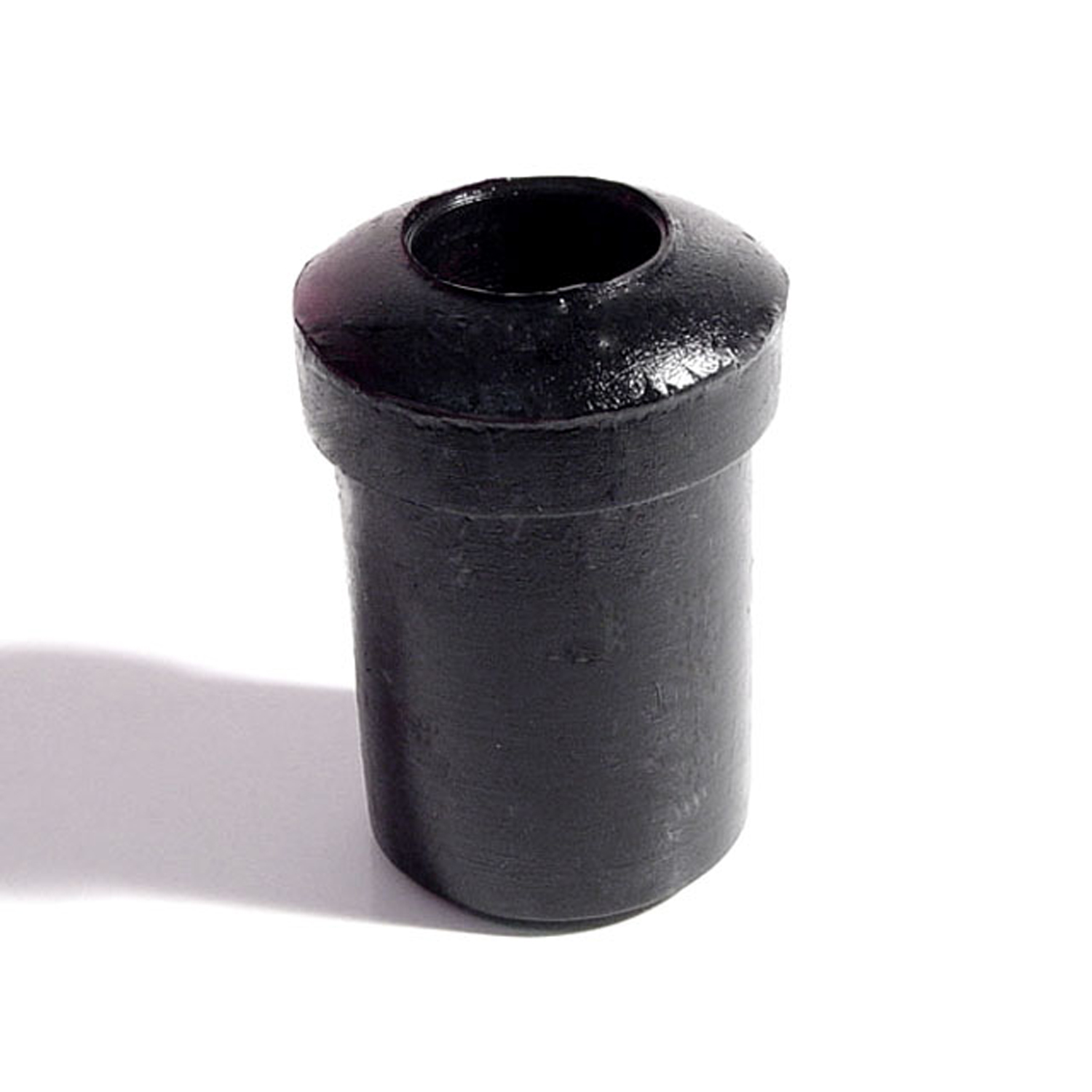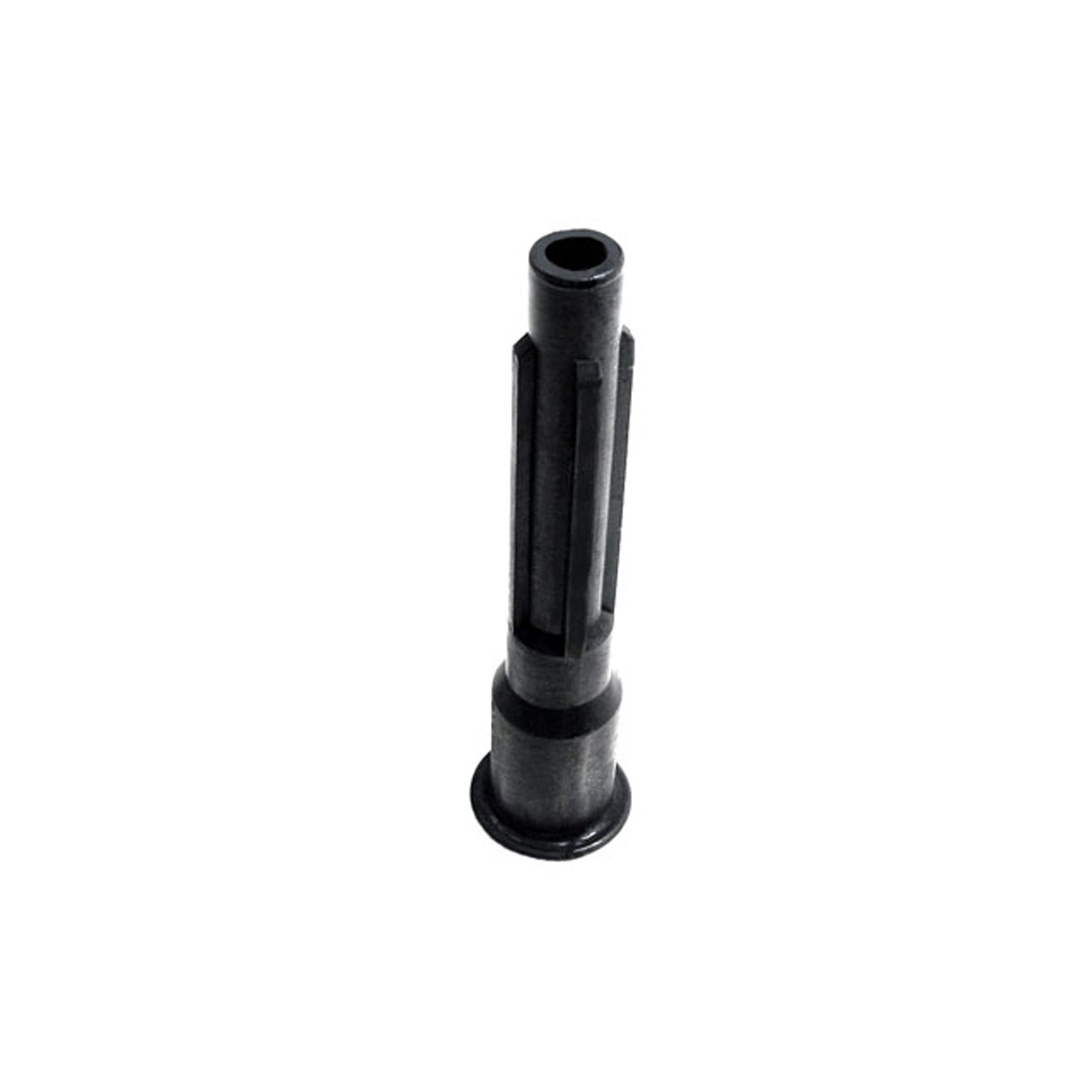Image of 1968 Dodge P100, Note: These illustrations use artistic license and may differ from actual historical models.
Performance Metrics
Fundamental Metrics
Emotional Appeal
MMP Rating
| Specifications | Details | ||
|---|---|---|---|
| Engine Options | 225 Slant Six | ||
| Displacement Range | 3.7L | ||
| Horsepower Range | 145 hp | ||
| Torque | 215 lb-ft | ||
| Compression Ratio | 8.4:1 | ||
| Ignition System | Electronic Ignition | ||
| Cooling System | Water-cooled | ||
| Performance Specifications | |||
| 0-60 Time | Estimated 20 seconds | ||
| 1/4 Mile Time | Estimated 22 seconds | ||
| Top Speed | Estimated 80 mph | ||
| Transmission and Drive | |||
| Drive Type | Rear-wheel drive | ||
| Transmission Type | 3-speed manual | ||
| Fuel and Efficiency | |||
| Fuel System Type | Carburetor | ||
| MPG | Estimated 10-15 mpg | ||
| Dimensions and Brakes | |||
| Brakes | Drum brakes | ||
| Wheelbase | 108 inches | ||
| Weight | Estimated 3500 lbs | ||
Note: Specifications for classic cars are given to the best of our ability, considering the limited and variant data available.
Unveiling the Workhorse Charm: The 1968 Dodge P100
With its rugged demeanor and utilitarian grace, the 1968 Dodge P100 is a testament to American ingenuity and a symbol of the era's working-class hero. Born from the assembly lines of Chrysler Corporation's Dodge division, this classic van not only served businesses and families but also became an icon of its time. The P100's unique blend of functionality and simplicity earned it a place in the heart of American automotive culture, with a notable fact being its use as a trusted companion for small businesses during the economic growth of the late 60s.
Design and Innovation
The 1968 Dodge P100 boasted a straightforward yet endearing exterior, with its boxy shape and no-nonsense lines. Its design was a reflection of the era's need for practicality, making it a favorite among those who valued function over form. Inside, the P100 was spartan but durable, featuring materials built to withstand the rigors of daily use. Technologically, it offered what was necessary for its role as a dependable work vehicle, including a robust electrical system and reliable mechanical parts. Color options ranged from classic whites and blues to more vibrant shades, with the brighter hues becoming popular among businesses looking to stand out. The most iconic body style was undoubtedly the panel van, widely recognized for its ample cargo space and versatility.
Historical Significance
The Dodge P100 didn't just transport goods; it carried the aspirations of a booming economy. It set itself apart with its balance of affordability, reliability, and simplicity at a time when America's roadways were becoming increasingly diverse. The P100's influence is seen in the design principles of modern utility vehicles that prioritize space efficiency and cost-effectiveness.
Performance and Handling
Under the hood, the 1968 Dodge P100 was more about endurance than speed, yet it delivered adequate performance for its intended duties. While top speed and acceleration figures were modest by today's standards, the P100's powertrain was designed for longevity and low-cost maintenance. Handling was straightforward, with a focus on stability under load rather than agility. Drivers often praised the vehicle for its honest feedback and predictable behavior, with the engine's hum and the suspension's response providing a reassuring sense of reliability.
Ownership Experience
The P100 found its niche in various roles, from a dependable daily driver to a promotional show car or even as a base for camper conversions. Its ease of repair made it a favorite among do-it-yourselfers and small business owners alike. While not without its quirks, the P100's straightforward design meant that maintenance was generally uncomplicated and parts were readily available.
Fun Facts
The Dodge P100 has its share of interesting trivia. For instance, some models found their way into government fleets, serving as postal delivery vehicles. Although not known for breaking speed records, the P100 did set a standard for durability in its class. Criticisms were few but typically centered on its utilitarian comfort levels and modest power output.
Collector's Information
Today, the 1968 Dodge P100 has found a place in the hearts of collectors and vintage enthusiasts. While production numbers were substantial to meet commercial demand, finding one in pristine condition can be challenging. Values can vary widely, with well-preserved examples fetching higher prices. The market has seen a steady appreciation for these vans as nostalgia for vintage utility vehicles grows.
Conclusion
The 1968 Dodge P100 remains an emblematic figure of its time—a humble workhorse that became an unsung hero of American enterprise. Its legacy endures in the collective memory of those who drove it, worked with it, and continue to celebrate it as a classic piece of Americana. As we look back on this utilitarian charmer, we're reminded that sometimes, the simplest designs leave the most enduring impressions.
1968 Dodge P100 Catalog of Parts
 1968 Dodge P100 Spring and Shackle Bushing. 1" bottom O.D-BN 20Spring and Shackle Bushing. 1" bottom O.D. X 1-5/8" high, with 9/16" I.D. Each
1968 Dodge P100 Spring and Shackle Bushing. 1" bottom O.D-BN 20Spring and Shackle Bushing. 1" bottom O.D. X 1-5/8" high, with 9/16" I.D. Each 1968 Dodge P100 Flexible Spark Plug Boot, used on Hemi's with power brakes-RP 1-MFlexible Spark Plug Boot, used on Hemi's with power brakes. 4" long, 5/16" upper i.d., 5/8" lower i.d. Each
1968 Dodge P100 Flexible Spark Plug Boot, used on Hemi's with power brakes-RP 1-MFlexible Spark Plug Boot, used on Hemi's with power brakes. 4" long, 5/16" upper i.d., 5/8" lower i.d. EachWhy Choose Metro?
For over 100 years, Metro Moulded Parts has been the pinnacle of quality in classic car restoration parts. Our commitment to precision and authenticity in every component ensures a perfect fit and an OEM-level appearance.
- Expert Craftsmanship & Quality: Each part is a testament to our dedication to reliability and perfection, crafted from original designs and thoroughly tested.
- Advanced Technology: We use cutting-edge techniques to create flawless, long-lasting parts that surpass others in performance.
- SuperSoft Sponge – The Ultimate Door Seal: Not only are our door seals 30% softer than competitors', but they're also guaranteed to never leak. They effectively reduce wind and road noise, enhancing your classic car's comfort and driving experience.
- Proudly American: Our parts are a product of American craftsmanship, made in the USA with a spirit of excellence and heritage.
- Unrivaled Warranty: We back our products with a 30-year industry-leading warranty, a testament to our confidence in their quality.
Join us in preserving the legacy of classic cars with parts that are crafted for perfection, not just made.

